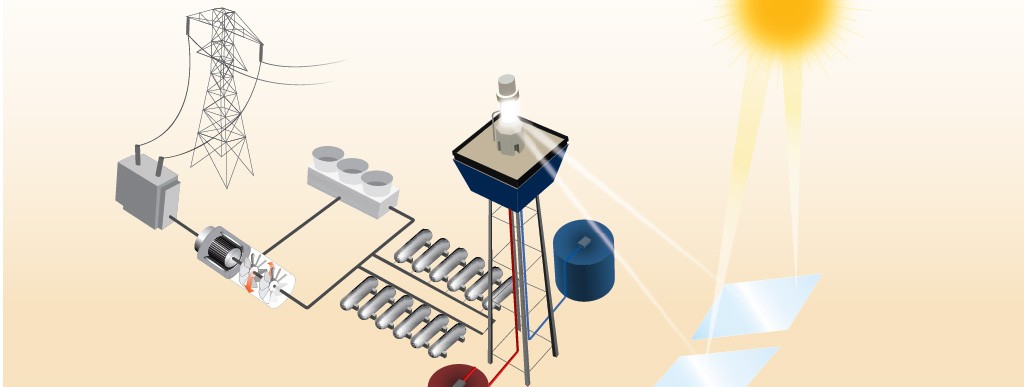
What is technical illustration and why does everyone need it?
Technical illustration is a drawing used to visually communicate information, usually of technical nature. Technical illustrations can be components of technical drawings (a drawing that visually communicates how an object functions or is constructed), or a diagram (also known as an infographic). You can find these in textbooks, reference books, instruction manuals and any print materials for technical sales.
The goal of a technical illustration is to describe and explain a subject to a nontechnical audience. Therefore, the illustration should have accurate dimensions, proportions, and should display an overall generalization of what the object is and what it does. An example of this would be an illustration of how the front wheel of a bicycle is installed. In my case, I’ve used technical illustrations to describe how solar panels operate. I worked in unison with a fellow designer to build an app describing what a solar panel was and how it worked.
Another style of illustration is rotoscoping. This technique involves tracing over an image in a drawing program such as Adobe Illustrator. For example, if you wanted to rotoscope an image of a car, you would outline each piece of the exterior machinery (or interior, depends on what direction you take it) and shade in the colors using the paint tool in Adobe Illustrator. You can take rotoscoping in different directions. In the example of the car, you can cartoonize it by using solid colors, thick outline strokes, and some shading for texture. On the flip side, you can create a photorealistic image by tracing every detail of lighting, cracks (even stains) of the subject. The detail is nitty-gritty, but the end result is amazing.
In my particular case, I’ve used rotoscoping to clean up a piece of machinery that had to be animated in a training video for astronauts. The only available photo of the machinery was of low quality and had several stain marks. It just looked dirty and old. By using rotoscoping, I made the piece look presentable and I was able to provide a high-quality image. The final result was a night and day difference.
Technical illustrations are usually vector graphics created in either Adobe Illustrator, Canvas X or an Auto CAD engineering drawing program. The benefits of using vectors is that they have the ability to be scaled up and down to any size without any quality loss. Compared to pixels in photographs, too much scaling manipulation will sap the quality out of it. Vectors will make the illustration have clear outlines, shapes, and definition. In my particular case, I use Adobe Illustrator because Adobe is the software I’m most comfortable with.
Why does everyone need this? A good illustrator can help your business get seen. Does your product have something special you would like emphasized in your target market but can’t find the words to describe it in a clear and concise way? Illustration can help. Maybe you have a business that sells cat food. What separates your cat food from the competitor? A good illustration with details of all the ingredients in the food (and the benefits of each ingredient) will grab your audience’s attention and make them think twice about purchasing the other brand that makes you go hunt for information. Maybe add some rotoscoping art to make it look unique and modern.
Do you sell alarm systems and would like to upgrade your instruction manuals with easy to understand illustrations? A good technical illustration can avoid a customer getting frustrated with the system and returning it. Are you a business or a non-profit occupying several acres of land with multiple offices? Help your clients find their destination by having a technical illustrator map out your offices with arrows and a legend. A lost client is probably a frustrated one.
Interested in having your business seen with fresh, new illustrations? We should connect to have a quick chat about working together. Even if you think your business doesn’t have a ‘technical’ aspect, let’s chat and see what we can create.
Principal at 5engineering, llc
4yWhile engineers do use types of rendering to describe our projects, it’s definitely not used often enough. I can see some opportunities to use the techniques you’ve described to convey to the public how our Harvey recovery money is being used in particular projects. Great article Jill!
P.E.
4yGreat article!